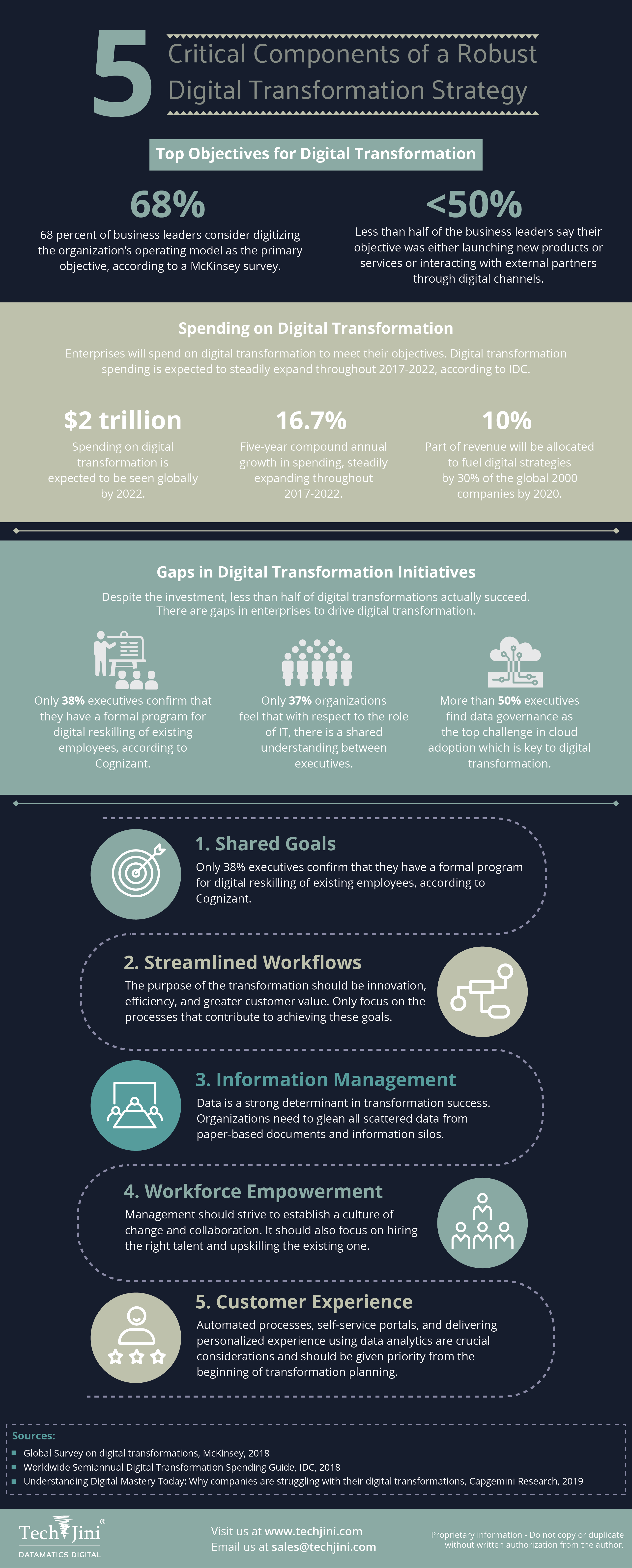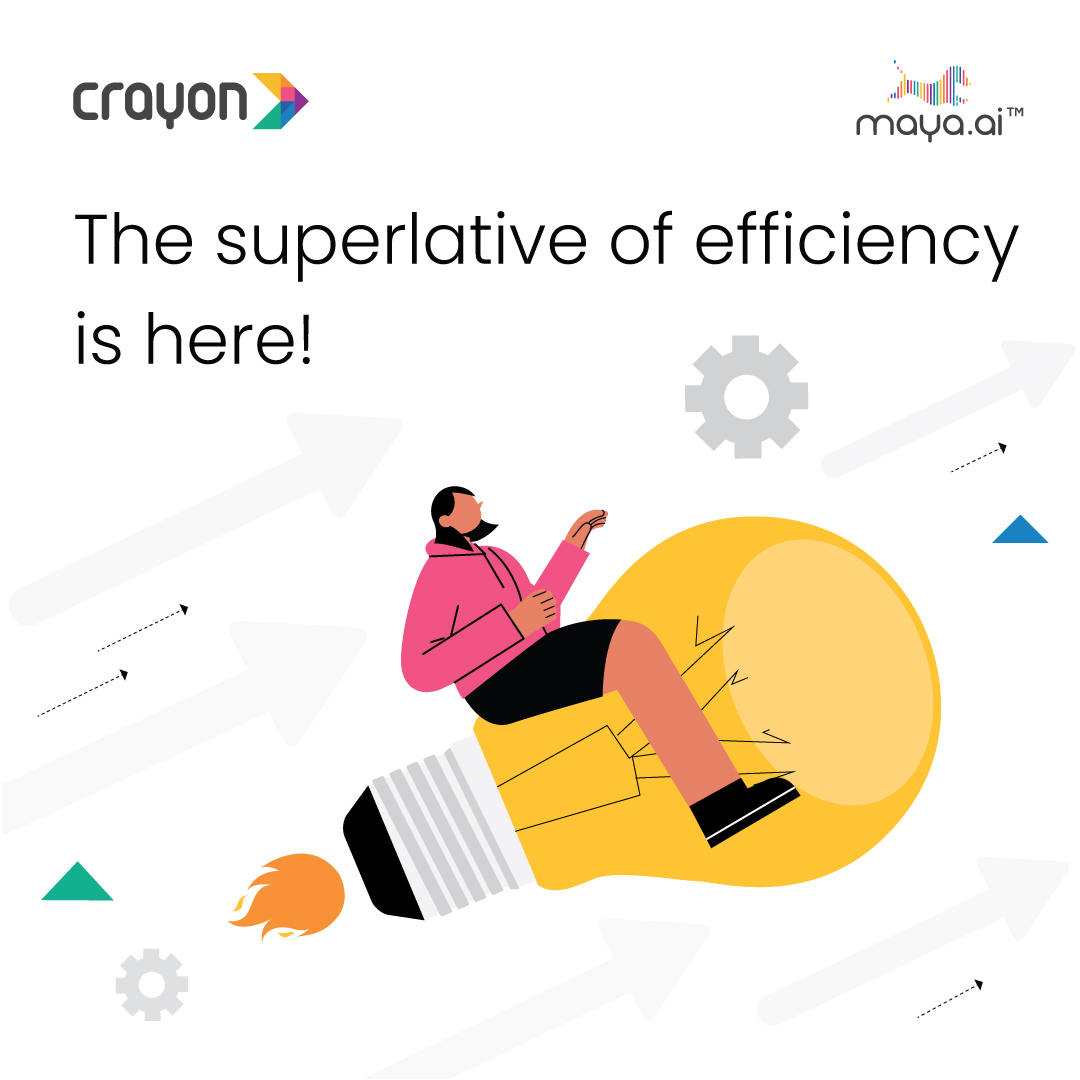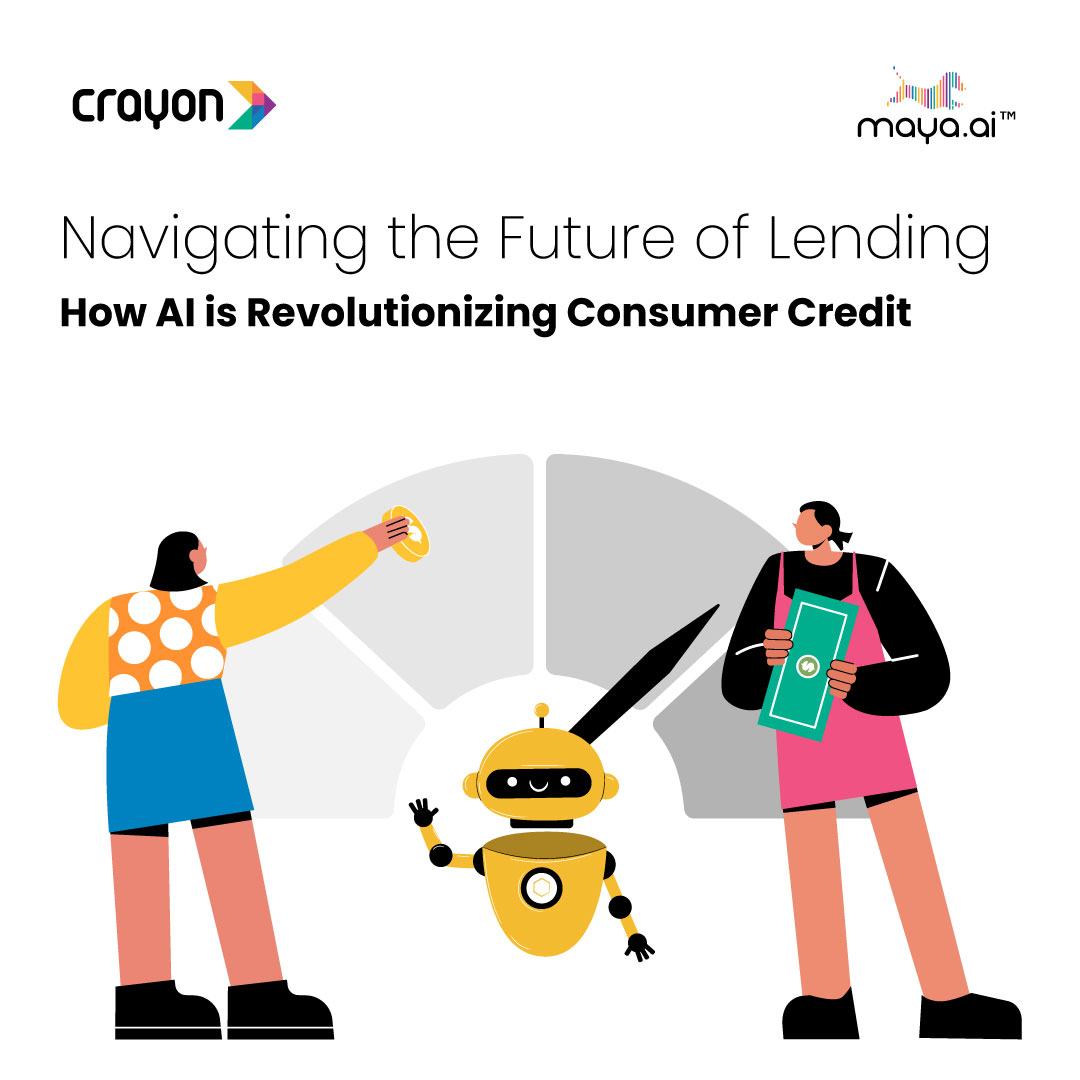Digital transformation is gradually becoming an essential part of business strategy planning today. Increasing competition, evolving customer expectations, and the need for innovation have rendered several existing enterprise architectures costly and ineffective. This is why technological intervention is required today more than ever to enhance productivity and customer experience.
However, digital transformation is not a one-size-fits-all venture. Every organization has specific business needs; and hence, it may require a different approach to the transformation initiative. For some businesses, it may mean a customer-focused model with accessibility across omnichannel devices. For some, it may be planning data-driven goals and achieving them.
Irrespective of varied transformation objectives, the common key element to success is thorough planning and meticulous implementation at every stage of transformation. It’s important because merely having goals isn’t sufficient. The transformation initiative should also be able to answer the golden circle questions – what, how, and why. Failure to obtain answers to these questions is one of the main reasons why many organizations find their strategies falling short of reaching the intended goals.
The infographic below showcases the five key components of a successful transformation strategy that offer a quick glimpse into how you can answer the golden circle questions and maximize the effectiveness of the strategy.





